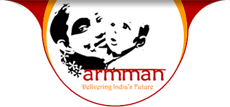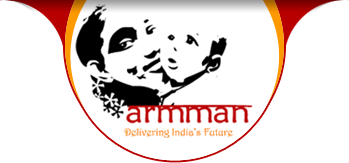Swasth Kadam
Live telephonic counselling for caregivers of infants aged 6-36 months with moderate malnutrition, with an aim to prevent their decline into severe malnutrition and support their recovery.
The focus of the programme is on providing the primary caregiver with information on best practices in breastfeeding, complementary feeding, dietary modification, early childhood development, hygiene and sanitation and family planning through weekly live telephonic calls.
Infants are enrolled in the programme after verification of their weight and age. Those found to be severely underweight or having underlying medical conditions are referred for medical follow-up. For the enrolled children, weight gain is monitored every two months till six months.
Weekly calls are made to the primary caregivers. Members of the ARMMAN team further visit areas and identify infants as per the list provided. They ascertain the infant’s eligibility for enrolment and conduct bimonthly visits to evaluate weight and health status of those enrolled. They also follow-up on caregivers who have been referred for medical attention, are at risk of dropping out and not contactable by phone.

